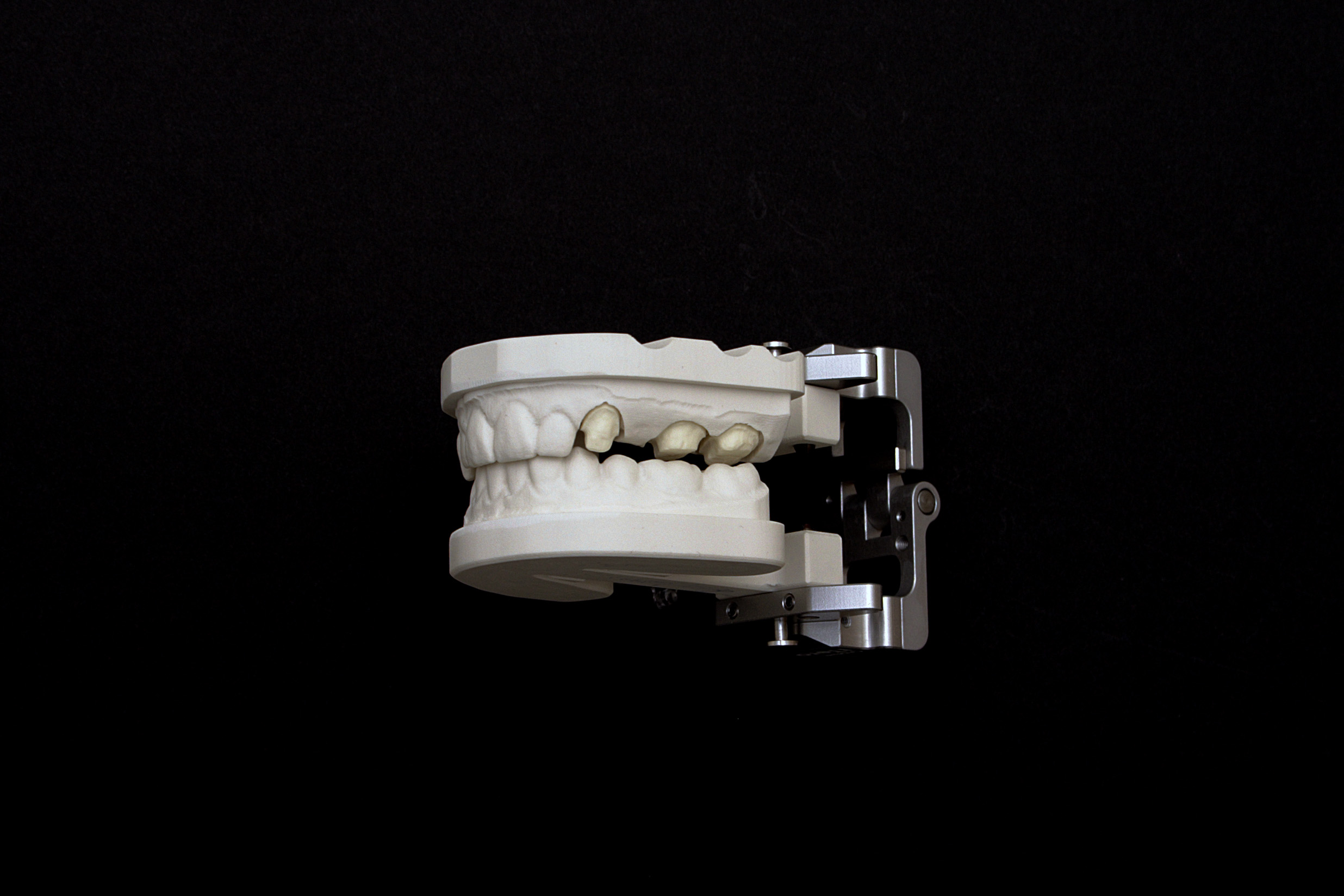Digital Intraoral Scanner
Is now a good time to invest in a digital intraoral scanner? Yes, it’s now a good time to invest in digitalization. However, do it at your own pace, not under the influence of an outsider, such as a salesperson. If your dental laboratory is comfortable enough, you can wait. As such, don’t feel pressured or forced by a lack of technology, outdated or old-school practice “accusations.”
Indeed, digital dentistry has come a long way, but at a much slower pace than other industry sectors. However, challenges still exist.
It Takes Time
As with all new learning skills in technologies, learning to take acceptable digital impression scans and transmit them to a dental laboratory takes time and practice. Don’t expect the digital to replace the PVS impression instantly. You had decades to practice and master the PVS impressions. Hopefully, you may not need decades to learn to take digital impressions, but the point is that it also takes much practice.
Benefits of Digital I/O Technology
Many factors have led dental practices to adopt digital technology. For example, among others:
- The comfort of the patients
- Faster restoration process
- Eliminate the hassles of packaging and shipping to a lab
- No need for PVS materials
- Reuse digital scanbody
Modeless Crowns
Transferring the digital image to the physical dental prostheses is another challenge. Indeed, you can fabricate a single-unit monolithic zirconia or e.max crown directly from the digital files without 3D models, but they are not guaranteed to be accurate. Actually, we are experiencing as high as a 50% chance of returning for a remake. It’s because, opposite to PVS impressions, there is no master die model for articulation, or solid check model to inspect margins under a 10x microscope and check the bite and interproximal contacts. In other words, it’s impossible to perform a final quality inspection.
Other Restorations
Furthermore, without proper models, it’s inconceivable to fabricate porcelain laminate veneers, dental implants, bridges, layered zirconia crowns (porcelain stacked), porcelain fused to metal, full gold crowns, and cast partials and dentures.
Dental Laboratory Survival
For survival, dental laboratories must invest in digital technology to produce 3D models from digital files. Not only does the technology require high investment costs, but training and practicing the new software are burdensome to small- to medium-sized dental laboratories.
3D Models and Technology
Producing 3D models still has much room for improvement. As of writing this article, digital models are still not as precise as stone models, depending on the technology used to produce them. Now, imagine modeless restorations.

Unexpected Costs
Producing 3D models is not cheap either and may incur an “unaccounted” expense to your business. At The Art of Aesthetics, our full-time dentists not only enjoy free shipping but also save from our lower costs of producing in-house 3D models.
The Best 3D Intraoral Scanner
What’s the best 3D I/O scanner? Actually, your question should be, what’s the best digital scanner that is suitable for my dental practice? Many excellent 3D I/O scanners are available; however, they have different features, such as software and hardware technologies. Therefore, the starting point is what you expect the scanner to achieve for your dentistry. You can start making a list of your highest to lowest priorities—a warning: don’t buy the salesperson’s pitch.
Exclusivity or Contract
Signing a contract with a 3D I/O scanner vendor or a dental laboratory is common nowadays, but it’s not an educated conclusion. Unless, of course, the supplier you are about to sign a contract with is one you have been utilizing for the past decade and are happy with their services.
If not, you are not only compromising the quality of your dental restorations but the flexibility of your business operations. Remember, there is no such thing as a “free lunch,” especially in the dental industry. Don’t expect charity from any dental suppliers. As you are in a profit business, so are we.
The Art of Aesthetics is Ready and Fully Digitalized
Since 2004, we have been learning each software, practicing, researching, investing, and mastering digital technology. First, CEREC, iTero, 3M True Definition, then Trios, we continuously add and update to be ready for you. As such, we welcome all 3D I/O scanners. Please feel free to contact us if you want to discuss this post further.